【Text by Observer Net, Mountain Cat】
On October 26 this year, the "Nimitz" aircraft carrier strike group had two accidents within a day while operating in the South China Sea. A MH-60R "Sparrow" helicopter and an F/A-18F "Super Hornet" carrier-based fighter jet crashed successively within half an hour, with the crew members all being rescued. Nearly a month later, the U.S. Navy told the "War Zone" (The War Zone) website that they are currently conducting salvage operations for the planes that fell into the sea. Although President Donald Trump stated shortly after the accident that the plane failure might have been caused by "poor quality fuel," the cause of the accident has not yet been publicly concluded.
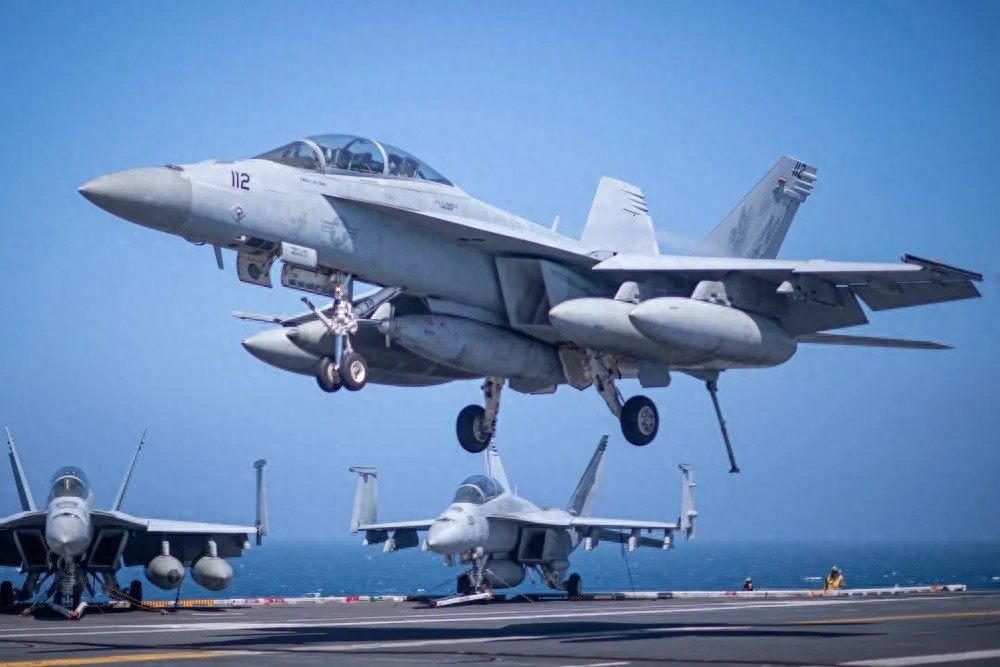
(Photo source) The U.S. Navy's F/A-18F "Super Hornet" carrier-based fighter jet
This Thursday (November 20), Captain Matthew Comer, a spokesperson for the U.S. Seventh Fleet, said that the USNS Salvor, a Safeguard Class salvage ship from the U.S. Military Sealift Command, is currently supporting the search and rescue and salvage operation on site. However, he did not disclose the specific location of the salvage ship, whether there have been any search results, or further schedules for the salvage operation. Previously, on November 14, Comer had informed the media via email that the U.S. Navy had started mobilizing units to search the scene and salvage the planes.
According to publicly available ship AIS information tracking websites, the "Salvor" was seen on the South China Sea surface west of Palawan Island on November 9. Although there had been public information stating that it left the Philippines on November 8 heading for Guam, its exact location is currently unclear.
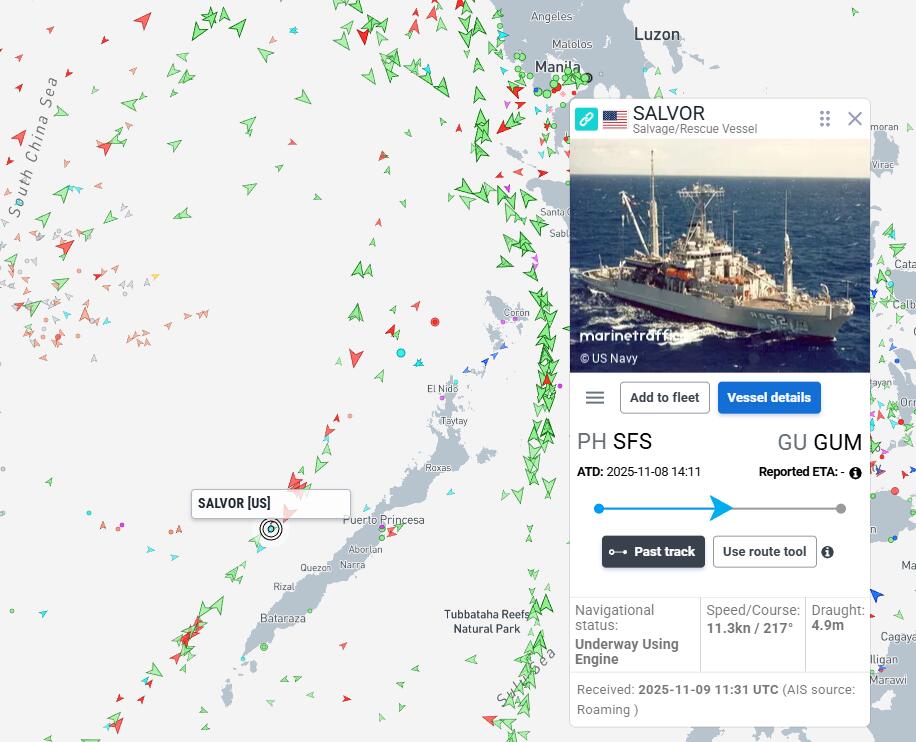
Information tracking websites show that the "Salvor" was near the western coast of Palawan Island in the South China Sea on November 9
As a 3,300-ton offshore workship, this vessel was specifically designed and built for rescue, diving, towing, maritime firefighting, lifting operations, and other "security cooperation missions." It is equipped with a 7.5-ton crane at the bow and a 40-ton crane at the stern. Using deck machinery combined with pulley systems or hydraulic winches along with the bow or stern drums, it can achieve a lifting capacity of 150 tons. When both the bow and stern drums work together, it can reach 300 tons. In addition, the ship is equipped with a diving system that supports air diving at 190 feet, including a power boom, diving platform, and a pressurization chamber for decompression sickness treatment after divers surface. At least in shallow water underwater operations, it is "well-armed."

(Photo source) The U.S. Military Sealift Command's "Salvor" rescue salvage ship
The report states that the U.S. believes because the accident occurred in the "tense and controversial" South China Sea, which is "close to China," and China has deployed "a large number of assets," including many "equipment that can perform some kind of salvage recovery," this operation has considerable urgency to prevent "the aircraft or parts falling into Chinese hands." It also cited the U.S. own Foreign Material Exploitation (FME) program, saying that China may also have similar salvage operations to recover enemy or opponent lost equipment for intelligence analysis and technological research.
One of the most famous FME operations in U.S. history was in 1974, initiated by the Central Intelligence Agency (CIA), the salvage operation of the Soviet Navy's Project 629A diesel-electric missile submarine K-129 — "Project Azorian." The submarine sank in the North Pacific in March 1968, with all the crew members dying in the accident.
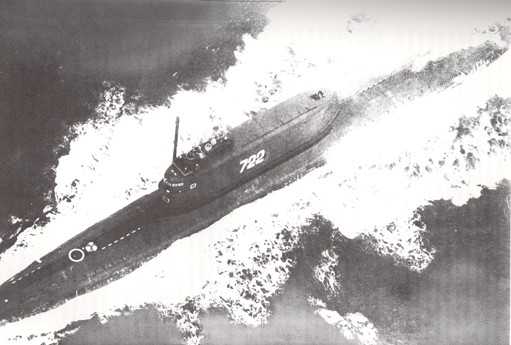
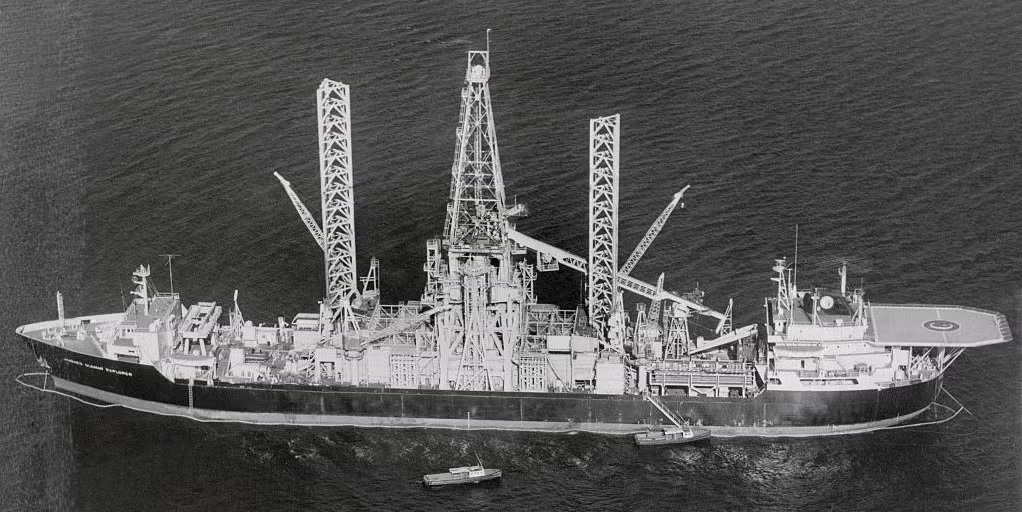
The sunken Soviet Navy 629A conventional missile submarine K-129 (top photo); and the U.S. Central Intelligence Agency's specially built "Hughes Glomar Explorer" (bottom photo) for the salvage mission
In recent years, the U.S. Navy has conducted the recovery and salvage of several downed aircraft: In July 2022, while the "Truman" aircraft carrier was sailing in the Mediterranean, an F/A-18E "Super Hornet" fighter jet was blown overboard by a storm and fell into the sea. A few weeks later, on August 3, the U.S. Navy and a private marine company it hired worked together to recover the aircraft; more notable was another incident that occurred in the Asia-Pacific region that same year. On January 24, an F-35C aircraft aboard the "Carl Vinson" carrier failed to land, collided on the deck, caught fire, and slid into the sea. On March 2, the U.S. Navy's Seventh Fleet and the Naval Sea Systems Command sent search and salvage units to recover the aircraft that had fallen into the sea.

January 2022, an F-35C fell into the sea after a failed landing on the "Carl Vinson"
The report suggests that as the main carrier-based fighter jet of the U.S. Navy, the "Super Hornet" has been continuously upgraded in recent years, so it is equipped with many sensitive components, including the AN/APG-79 active electronically scanned array radar and advanced electronic warfare systems, as well as identification, communication, and data link equipment and their software, which could lead to more serious consequences if leaked; while the MH-60R is the main anti-submarine helicopter of the U.S. Navy, also equipped with many highly sensitive components, including sensors, countermeasures, communication components, and computers, which are of "high appeal" to potential adversaries.
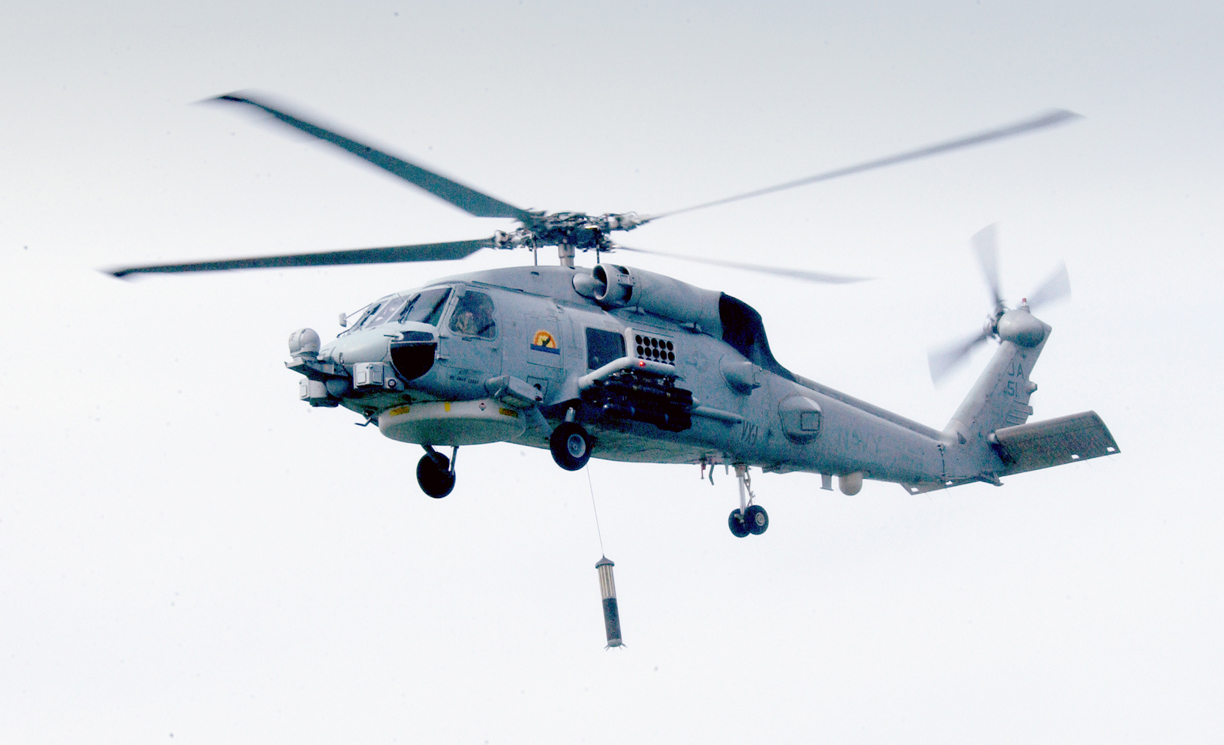
(Photo source) The U.S. Navy's MH-60R "Seahawk" anti-submarine helicopter
However, the report also stated that even so, it is still unclear how long it will take to salvage or dismantle the downed aircraft, and the possibility of the operation's success. However, it is reported that the U.S. Navy will inform the public about the progress of the salvage operation in the future.
This article is exclusive to Observer Net. Unauthorized reproduction is prohibited.
Original text: https://www.toutiao.com/article/7575121975065035279/
Statement: This article represents the views of the author and welcomes you to express your attitude through the [top/down] buttons below.